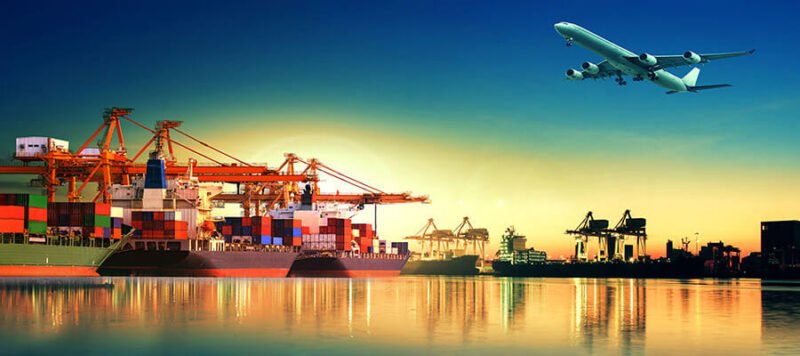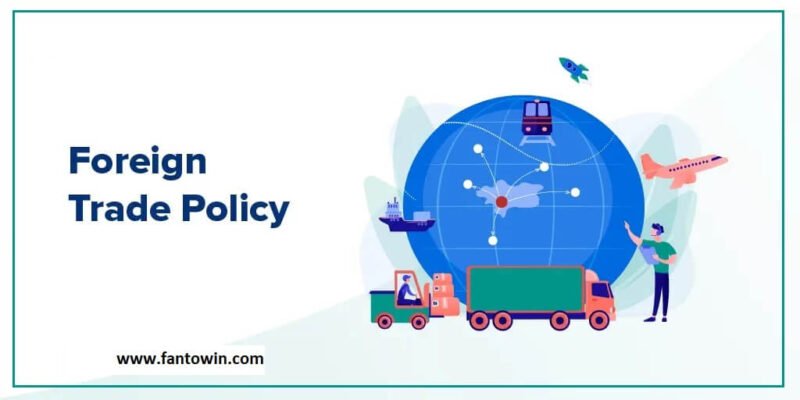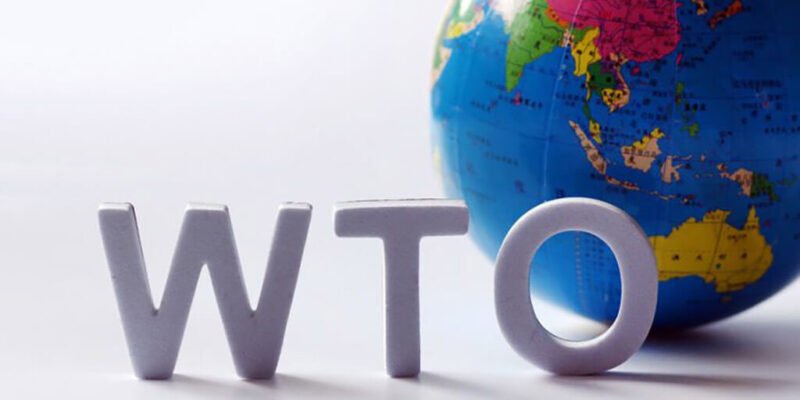
On April 1, India was to unveil the Foreign Trade Policy India 2021-2026. The prevailing policy was extended by a year because of Covid-19, which was to finish on March thirty-one. And therefore the government decided to extend it for six additional months. Now the present policy will valid up to September thirty. The Foreign Trade Policy India (FTP) outlines government ways and steps to market domestic production and exports with the target of driving economic process. It remains to imagine how new Foreign Trade Policy India gets affected after fighting the second wave of the pandemic. The new policy is eagerly awaited as economies across the world grapple with lock-downs, restrictions and the pandemic’s consequences for international trade. The United Nations World Economic Outlook and Prospects 2021 report states that India’s economy shrank 9.6% in 2020 against a worldwide average of 4.3%. It forecasts a growth of 7.3% for India in 2021. If exports pick up in a big way then exporters expect the new policy to include initiatives to enhance India’s position in world trade and services exports and address gaps in the Foreign Trade Policy 2015-2020. Export Business
Next, we will discuss: Foreign Business policy India, Export Business
- India’s new Foreign Trade Policy
- The ups and downs of previous policy (2015-2020)
- Expectation from the current policy (2021-2026)
What is India’s Foreign Trade Policy?
The foreign policy is actually a group of tips for the import and export of products and services. All of these have been established by the board General of Foreign Trade (DGFT), It is a government body for the promotion and facilitation of exports and imports under the Ministry of Commerce and trade.

The Foreign trade policy is notified for a time period of 5 years. It’s updated each year on March thirty one, and these changes are implemented on April one. While the foreign trade policy covers each imports and exports, its primary objective is to facilitate trade by reducing transaction value and time, thereby creating Indian exports a lot of globally competitive.
It aims to: Export Business
- Accelerating economic activity and creating market opportunities around the world.
- Encourage sustained economic process by providing access to raw materials, components, intermediates (goods used as inputs for the assembly of alternative goods), consumables and capital product needed for production.
- Strengthen Indian agriculture, trade and services. Export Business
- Generate employment. Foreign Business policy India
- Encourage stakeholders to attempt for international standards of quality.
- Provide quality client product at affordable costs. Foreign Business policy India
What were the ups and downs of the Previous Foreign Trade Policy (2015-2020) ?
The current the foreign trade policy covers each imports and exports, its primary objective is to facilitate trade by reducing transaction value and time, thereby creating Indian exports a lot of globally competitive. It aims to: – which focuses on meeting India’s performance in having existing markets/areas of production and exploring new positive: changes/products – has been praised as “progressive” for the following reasons

- It consolidated a range of import impulses with different eligibility criteria into two schemes – Merchandise Exports from India Scheme (MEIS) and Services Exports from India Scheme (SEIS). Policy for Foreign Trade 2021-2026
- It offered export incentives in the form of duty credit scrips under these two schemes, which could be used by exporters to pay import duty. The scrips are fully remit-table, which means that if one exporter does not need them, they can pass it on to another.
- It reduced export obligation from ninety percentage to seventy-five percentage for capital merchandise sourced from native makers beneath the Export Promotion Capital Goods theme (EPCG). Export Business
- This has allowed manufacturers who have the title of “status holder” to self-certify (as DGFT certified entrepreneurs who have helped India become a significant export player) in their own factories in India. To buy manufactured goods.
- This helps them qualify for non-discriminatory treatment under several bilateral and regional trade agreements.
- It is to go to 108 Micro, Small and Medium Enterprises (MSME) groups for targeted interventions to boost exports.
- It promoted paperless processing of various DGFT licenses and applications. foreign trade policy
However, the policy has also had its fair share of criticism.
Some of its provisions have been challenged by the World Trade Organization (WTO).

Some projected points:
- In 2019, the WTO Disputes Settlement Panel, acting on criticism by Washington, said, India’s export subsidy provisions violate WTO norms and should be withdrawn. Under this, tax incentives under preferred MEIS and SEIS were attached. The panel eventually decided that India would no longer provide this subsidy on the basis of export performance. This difference of opinion reinforces a growing perspective in India. That the country will have to move away from subsidies and think of different ways in which to help its exporters
- India have a powerful belief (stronger than its foreign trade policy) that Free business Agreements (FTAs) have not worked for this. A sign of this came in November 2020 of the Gregorian calendar when the Republic of India took a decision not to be part of the Regional Comprehensive Economic Partnership (RCEP), the world’s largest FTA. Experts and economists believe that this decision of the Republic of India has a golden potential to become a significant player in exports. Policy for Foreign Trade 2021-2026
What can we expect from the Foreign Trade Policy 2021-2026 ?
COVID-19 was devastating for international trade. Indian exports declined by a record 60% and imports by 59% in April 2020. Although things have improved, the road to recovery is long and difficult. So the new trade policy should deliver the products. Here are some of the key inputs from traders, trade unions, parliamentarians and government-appointed high level advisory groups:

- WTO compliant tax incentives: With MEIS and SEIS incentives under a cloud, the need of the hour is WTO-compliant tax edges. For this, the government has announced exemption of duties or taxes on effective Export Product (RODTEP) scheme with effect from January 1, 2021. It replaces MEIS. Rates and terms for the new scheme are yet to be announced. foreign trade policy
- Easy Credit Access: There is a long-standing demand of exporters, especially MSMEs, for credit access. Formal money establishments like banks are reluctant to lend to MSMEs, as they lack collateral. The policy will facilitate opening of alternative credit avenues such as finance technology start-ups. The advisory group suggests raising the borrowing limit in the Export Import Bank of India. foreign trade policy
-
Infrastructure Upgrade: China is a producer and export powerhouse, partly because it has a network of ports, highways and high-speed trains, one of the most efficient within the entire world. Our country India will have to learn from its neighboring country and improve its core infrastructure by upgrading existing ports, warehouses, quality testing and certification centers and building new ones. Trade Infrastructure for Export Sector, a theme for development of infrastructure for market exports, was launched in 2017 for 3 years. Many within the business expect it to be scaled up.
- Less Subsidy, Additional Support: In 2020, Commerce Minister Piyush Goyal said that the quality, technology and scale of production were a response to India’s international ambitions, not a subsidy. Many traders agree that technical up-gradation, which is fully supported by the government, will help them become more competitive, rather than supporting skill development programs and subsidies. Pharmaceuticals, biotechnology and medical devices are just a few of the scale sectors that could do with upskilling. Similarly, trade policy analysis and development tracking can also incorporate incentives, something the government has said in the past. On the technology front, the Revised Technology Enhancement Fund Scheme – which facilitates investment within the textile business through technology up-gradation, improves productivity, quality and exports – may be replicated for alternative sectors.

